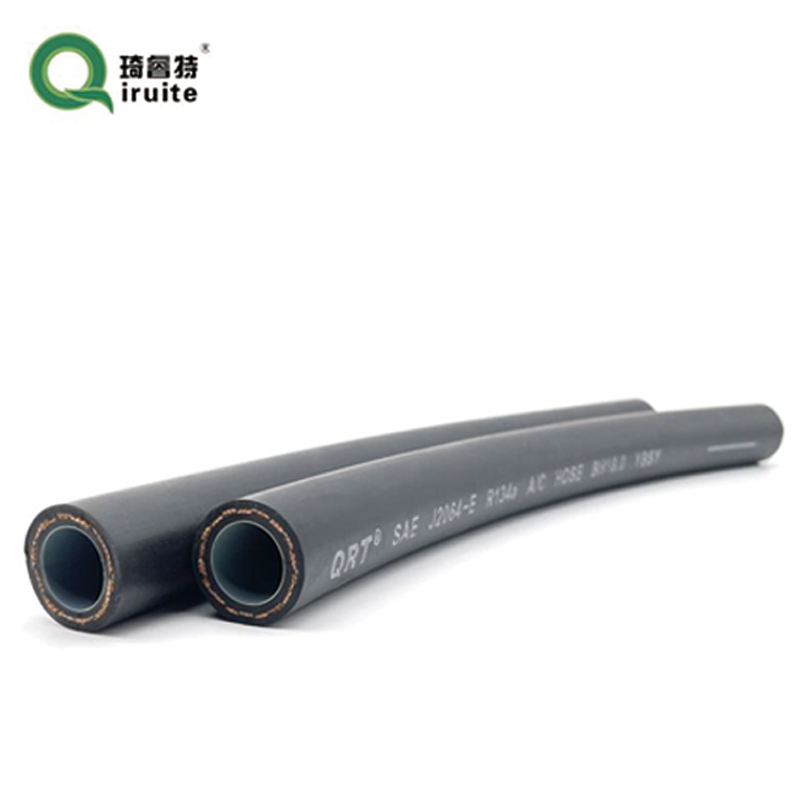power steering hose fix
Power Steering Hose Fix A Comprehensive Guide
Power steering is an essential feature in modern vehicles, providing the driver with the ability to steer with minimal effort. The system relies on hydraulic pressure generated by the power steering pump, transmitted through a network of hoses, including the power steering hose. Over time, these hoses can wear out, leading to leaks and a loss of steering assistance. If you're facing issues with your power steering hose, this guide will help you understand the problem and navigate the fix.
Understanding the Power Steering Hose
The power steering hose connects the power steering pump to the steering gear. Typically, there are two types of hoses in the system the high-pressure hose and the low-pressure return hose. The high-pressure hose is responsible for carrying pressurized fluid from the pump to the steering gear, while the low-pressure hose returns fluid back to the pump.
Common Symptoms of a Failing Power Steering Hose
Before diving into the fix, it's crucial to recognize the symptoms of a failing power steering hose. Here are some common signs
1. Steering Difficulty If you notice difficulty in turning the steering wheel, it may indicate a leak in the power steering system. 2. Fluid Leaks Look for puddles or spots of power steering fluid (usually a reddish color) under your vehicle.
3. Noisy Steering A whining or groaning noise while turning can be a sign of low fluid levels due to leaks.
4. Warning Lights Many vehicles will display a warning light if there is an issue with the power steering system.
Diagnosing the Problem
To diagnose a power steering hose issue, follow these steps
1. Visual Inspection Begin with a visual inspection of the hoses for any signs of wear, cracks, or leaks.
2. Check Fluid Levels Inspect the power steering fluid reservoir. If the fluid level is low, top it up with the appropriate type of fluid and monitor for further loss.
power steering hose fix

3. Listen and Feel Start your vehicle and turn the steering wheel. Listen for any unusual noises and feel for any stiffness in the wheel.
Fixing the Power Steering Hose
If you've determined that the power steering hose needs replacement, here's a step-by-step guide to fixing it
1. Gather Tools and Materials Before you begin, make sure you have the necessary tools a wrench set, hose clamps, a funnel, and new power steering fluid.
2. Safety Precautions Ensure the vehicle is on a flat surface, the engine is off, and the keys are removed. Consider using gloves and safety goggles for protection.
3. Drain the Fluid Place a drain pan under the power steering fluid reservoir and remove the cap. This will allow the fluid to drain out.
4. Remove the Old Hose Using your wrench, disconnect the fittings on both ends of the hose. It may be necessary to use pliers to loosen any clamps holding the hose in place.
5. Install the New Hose Align the new hose in place and secure it with clamps. Tighten the fittings to ensure there are no leaks.
6. Refill the System Pour fresh power steering fluid into the reservoir using the funnel. Be careful not to overfill.
7. Bleed the System Start the engine and turn the steering wheel from lock to lock several times to remove air bubbles from the system.
8. Check for Leaks Inspect the area around the new hose connections for any signs of leaks.
Conclusion
Fixing a power steering hose may seem intimidating, but with the right tools and a methodical approach, it can be a manageable DIY task. Remember to prioritize safety throughout the process and consult a professional mechanic if you encounter any challenges. A properly functioning power steering system is crucial for safe and comfortable driving, so don’t delay in addressing any issues that arise.
-
Ultimate Spiral Protection for Hoses & CablesNewsJun.26,2025
-
The Ultimate Quick-Connect Solutions for Every NeedNewsJun.26,2025
-
SAE J1401 Brake Hose: Reliable Choice for Safe BrakingNewsJun.26,2025
-
Reliable J2064 A/C Hoses for Real-World Cooling NeedsNewsJun.26,2025
-
Heavy-Duty Sewer Jetting Hoses Built to LastNewsJun.26,2025
-
Fix Power Steering Tube Leaks Fast – Durable & Affordable SolutionNewsJun.26,2025

